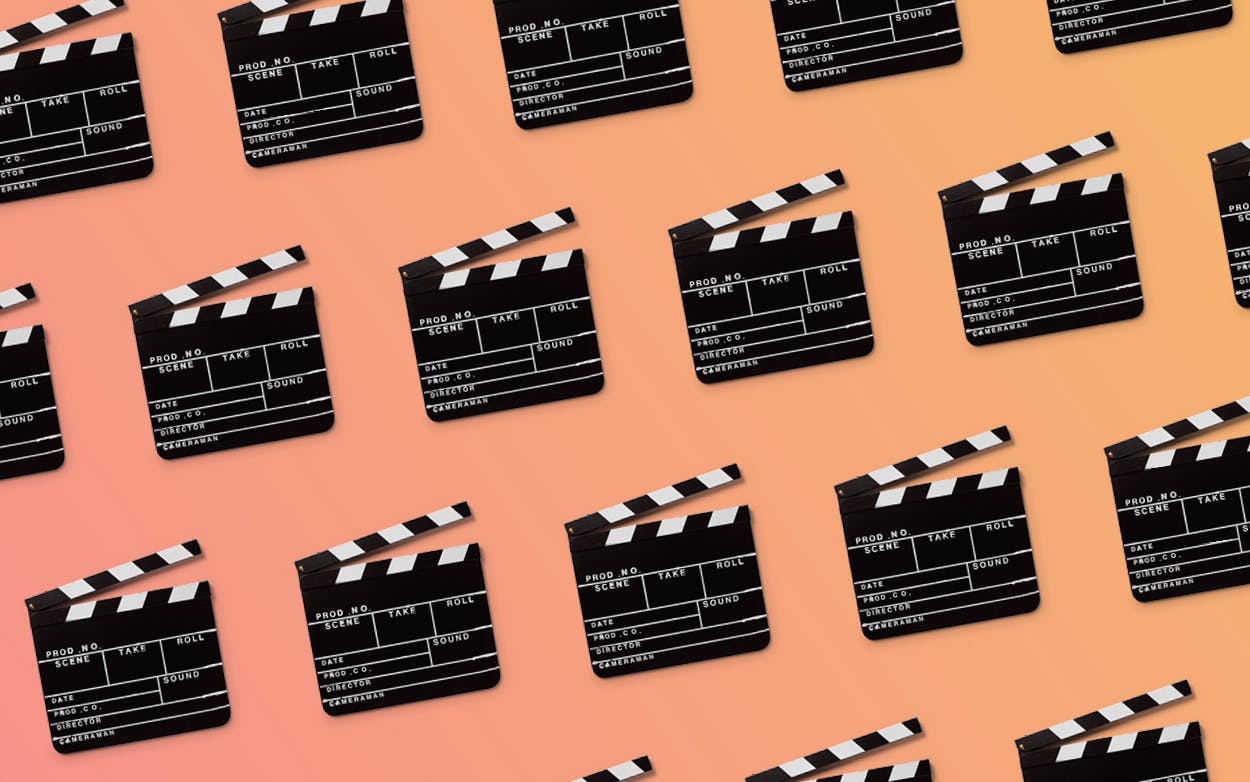Through the groundbreaking stories about Harvey Weinstein from the New York Times and the New Yorker, the conversations of the #MeToo movement, and “Time’s Up” activism at the Golden Globes, the film industry has indicated that it’s time for the balance of power in Hollywood to change. One clear step forward is more women in leadership roles typically occupied by men, especially in the director’s chair.
That’s something that SXSW is a proud part of in the 2018 lineup. In several of the narrative feature categories—that is, full-length films that aren’t documentaries—films by women make up more than half of the titles in the festival.
That’s especially pronounced in the festival’s narrative competition, where eight of the ten films up for awards are directed by women. In the Headliners category, featuring the biggest premieres with the biggest stars, three of the five films announced so far were made by female filmmakers. In Narrative Spotlight, which features other high-profile premieres, eight of the seventeen titles were directed by women, while seven of the fifteen films in the Festival Favorites category, which features films that premiered recently at other festivals, had a woman behind the camera. (The Visions category, meanwhile, is dominated by men, with three of the fifteen films featuring a woman director.)
The male-dominated Visions category means that women come in just under 50 percent of the announced total in the narrative categories, which is nonetheless a whole lot better than the film industry as a whole. In 2016, a shocking 93 percent of the top 250 grossing films were directed by men. And while most of the filmmakers whose work will be appearing at SXSW aren’t screening the next Star Wars or Marvel movie, the indie ranks are exactly where those filmmakers tend to emerge from: James Gunn, whose Super had its U.S. premiere at the festival in 2011, was subsequently hired to direct Guardians of the Galaxy as his next feature; the following year, Colin Trevorrow’s entry to the “Festival Favorites” category in SXSW 2012 led directly to him being tapped to helm Jurassic World; Gareth Edwards, whose Monsters had its world premiere at the festival in 2010, followed it up with the 2014 Godzilla remake and 2016’s Rogue One: A Star Wars Story.
Independent film—and specifically, festivals like SXSW—are where the bench of future superstar filmmakers develop, so offering many women a spot this year will likely have an impact.
That’s something that SXSW actively seeks to cultivate. Janet Pierson, who programs SXSW Film, says that diversity, whether by gender, ethnicity, geography, or age, is something the fest always considers. She notes that when they programmed Lena Dunham’s Tiny Furniture, “she was 22 years old, and part of what was interesting was how young she was”—but that she’s delighted by how many female filmmakers they were able to feature this year.
“We’re sensitive to it, but it wasn’t like we had a quota. It was a happy coincidence,” Pierson says. “All things being equal, if there’s a film we’re going to take that’s not a slam dunk, we wouldn’t necessarily default to the men who have gotten opportunities. We made that decision as a programming team—but then [due to the high caliber of the films] it didn’t really come up.”
If actively creating opportunities for female filmmakers represents a next step in how the issues around women in the film industry are treated, Pierson is happy about it. “I’d always rather have a panel of directors of photography who are all women, rather than a panel where people talk about, ‘Why aren’t there more female DPs?” she says. “You want a variety of voices, and white men have traditionally held all of the seats, so it’s great that it’s opening up.”








